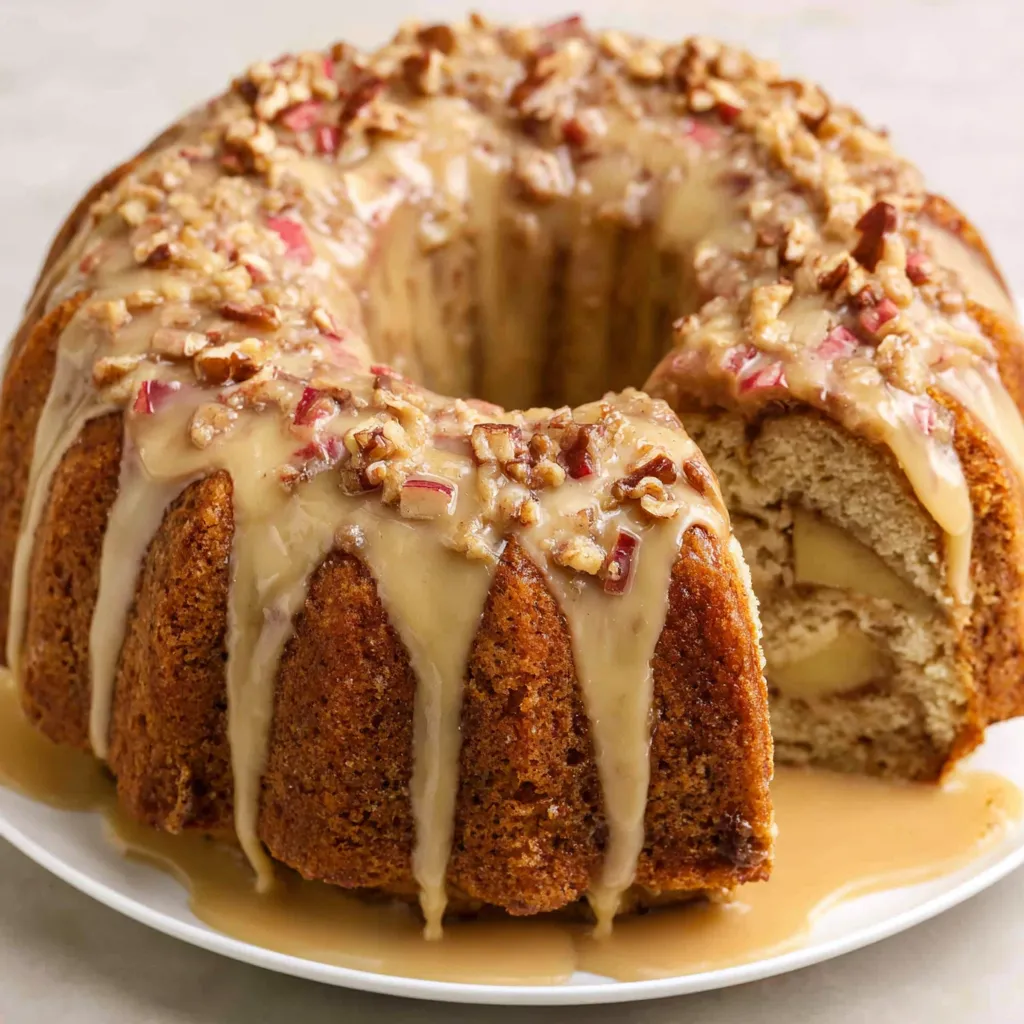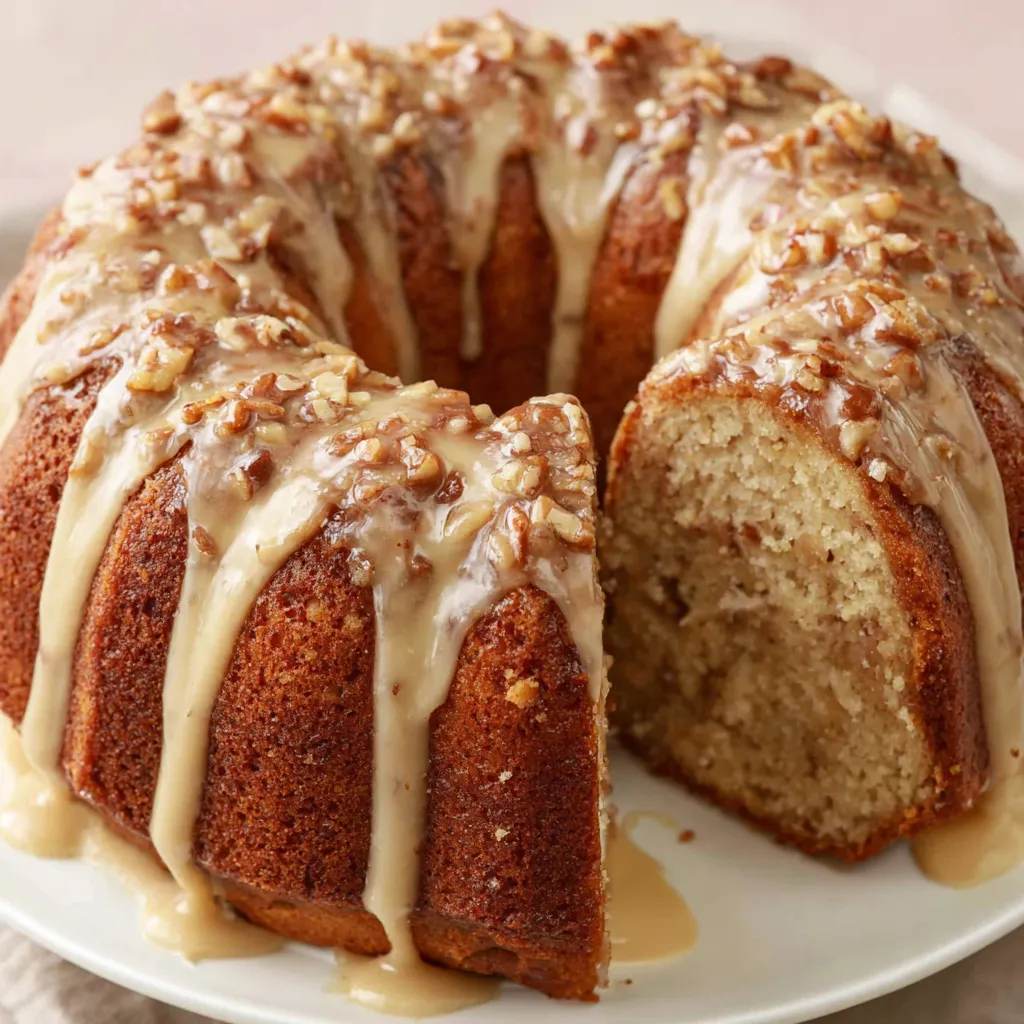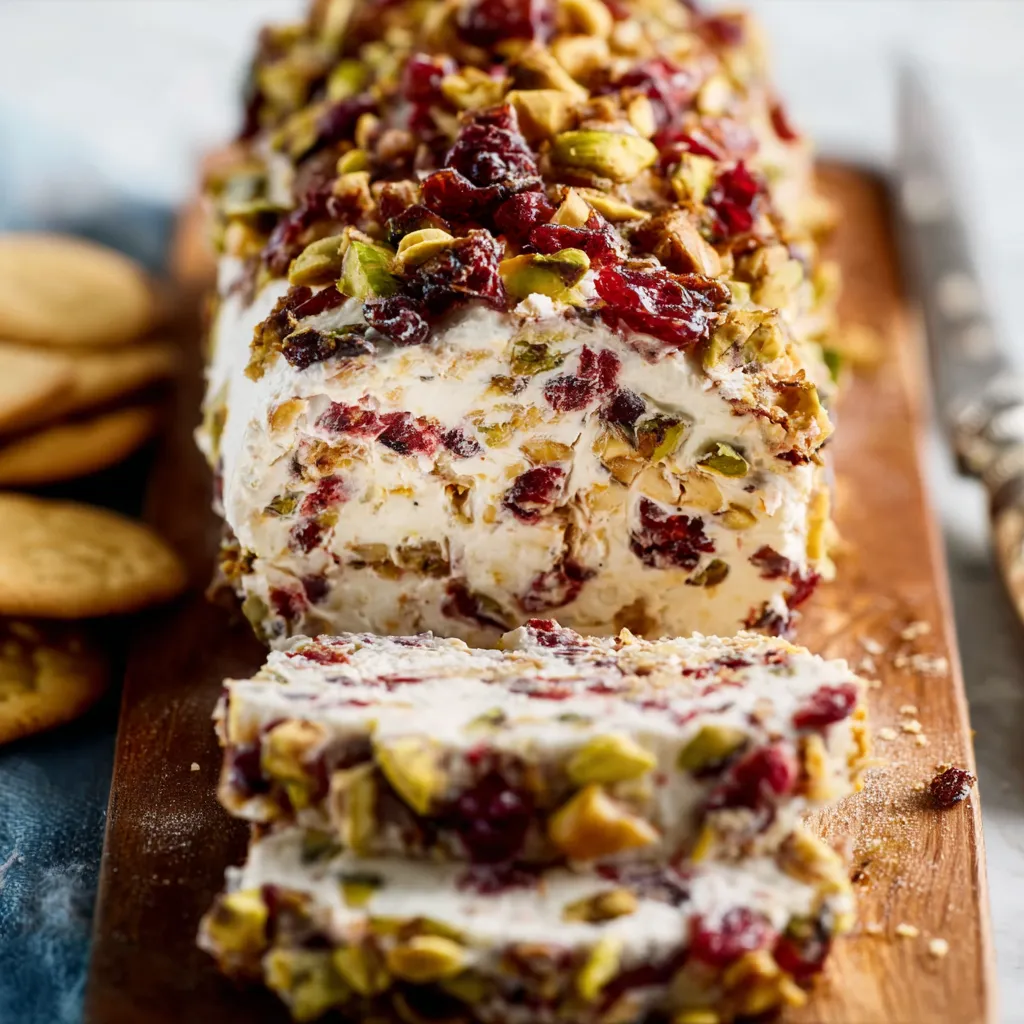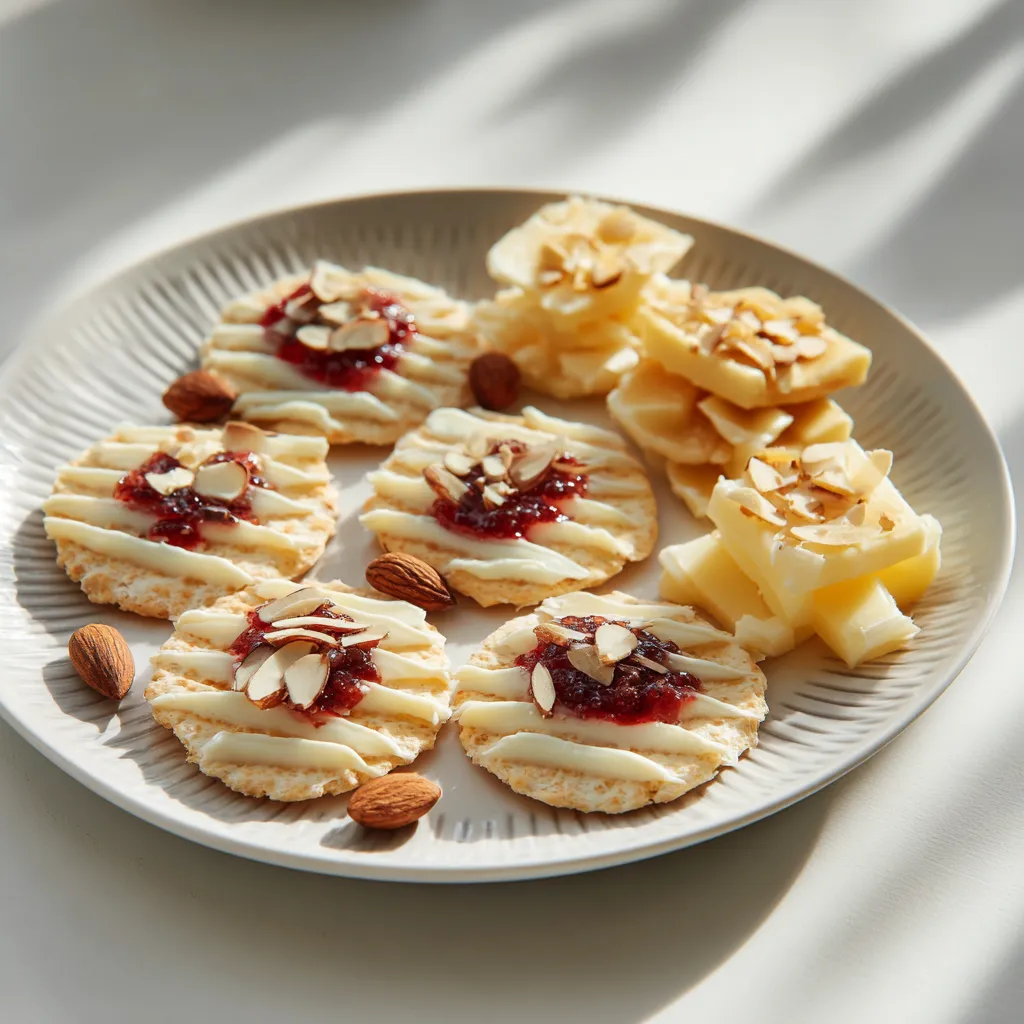Let’s face it: achieving the perfect Apple Bundt Cake – moist, flavorful, and boasting that signature beautiful shape – is a culinary quest that has stumped many a baker.
The Alchemy of Apple Bundt Cake: More Than Just a Recipe

The key to a truly exceptional Apple Bundt Cake lies in understanding the science behind the ingredients and how they interact. It’s not just about throwing flour, sugar, and apples together; it’s about creating a harmonious balance that results in a tender crumb, a moist texture, and an explosion of apple-cinnamon flavor. The success hinges on the careful manipulation of gluten development, moisture retention, and the Maillard reaction. For example, using melted butter versus creamed butter will give you a different crumb structure, impacting the overall outcome. Apples themselves are not just filler; they provide crucial moisture and acidity, impacting the cake’s tenderness and preventing it from becoming dry. Like many of you, I initially thought it was all about the apples, but the flour-to-liquid ratio, the type of fat used, and even the order in which ingredients are combined play equally vital roles.
The Grand Apple Bundt Cake Recipe
This recipe is the culmination of countless experiments, tweaks, and “Aha!” moments. It’s designed to deliver a consistent, foolproof, and utterly delicious Apple Bundt Cake every time.
Ingredients:
- For the Cake:
- 3 cups all-purpose flour
- 1 teaspoon baking soda
- 1 teaspoon ground cinnamon
- 1/2 teaspoon ground nutmeg
- 1/4 teaspoon ground cloves
- 1/2 teaspoon salt
- 1 cup (2 sticks) unsalted butter, softened
- 2 cups granulated sugar
- 1/2 cup packed light brown sugar
- 4 large eggs
- 1 teaspoon vanilla extract
- 1 cup sour cream
- 3 cups peeled, cored, and diced apples (such as Honeycrisp, Granny Smith, or a mix)
- 1 cup chopped walnuts or pecans (optional)
- For the Glaze:
- 4 tablespoons unsalted butter
- 1/4 cup milk
- 1 cup powdered sugar
- 1/2 teaspoon vanilla extract
Instructions:
- Prepare the Oven and Bundt Pan: Preheat oven to 350°F (175°C). Grease and flour a 10-inch Bundt pan. Ensure every nook and cranny is coated to prevent sticking. A baking spray with flour works well.
- Combine Dry Ingredients: In a large bowl, whisk together flour, baking soda, cinnamon, nutmeg, cloves, and salt.
- Cream Butter and Sugars: In a separate large bowl, cream together the softened butter, granulated sugar, and brown sugar until light and fluffy. This step is crucial for incorporating air, which contributes to a tender crumb.
- Add Eggs and Vanilla: Beat in the eggs one at a time, then stir in the vanilla extract. Make sure each egg is fully incorporated before adding the next.
- Alternate Dry and Wet Ingredients: Gradually add the dry ingredients to the wet ingredients, alternating with the sour cream, beginning and ending with the dry ingredients. Mix until just combined. Do not overmix, as this can develop the gluten and result in a tough cake.
- Fold in Apples and Nuts: Gently fold in the diced apples and chopped nuts (if using).
- Pour into Bundt Pan: Pour the batter into the prepared Bundt pan, spreading evenly.
- Bake: Bake for 55-65 minutes, or until a wooden skewer inserted into the center comes out clean. If the top is browning too quickly, tent it loosely with foil.
- Cool: Let the cake cool in the pan for 10-15 minutes before inverting it onto a wire rack to cool completely.
- Prepare the Glaze: While the cake is cooling, prepare the glaze. In a small saucepan, melt the butter over medium heat. Stir in the milk and bring to a simmer. Remove from heat and whisk in the powdered sugar and vanilla extract until smooth.
- Glaze the Cake: Once the cake is completely cool, drizzle the glaze over the top.
My Apple Bundt Cake Odyssey: Trials, Tribulations, and Triumphs
My journey to Apple Bundt Cake perfection was far from a straight line. My first few attempts were a disaster, resulting in cakes that were either dry, dense, or, horror of horrors, stuck to the pan!
The Great Stick-to-the-Pan Debacle
Initially, I underestimated the importance of properly preparing the Bundt pan. Like many novice bakers, I thought a simple greasing would suffice. Wrong! The intricate designs of Bundt pans require meticulous attention. My first cake emerged in pieces, looking more like an archaeological dig than a dessert. I learned the hard way that a combination of greasing (with shortening or butter) *and* flouring is essential, or using a baking spray specifically designed for cakes that contains flour.
The Case of the Dry Crumb
Another early challenge was achieving the right level of moisture. The first few iterations were disappointingly dry. I experimented with different types of apples, thinking that a juicier variety would solve the problem. While it helped slightly, the real breakthrough came when I started incorporating sour cream into the batter. The added fat and moisture of the sour cream transformed the cake’s texture, resulting in a wonderfully tender and moist crumb. I also realized the importance of not overbaking the cake. A slightly underbaked cake is far preferable to a dry one.
The Flavor Equation: Apples, Spices, and Everything Nice
Finally, there was the quest for the perfect flavor balance. I wanted a cake that was bursting with apple flavor, complemented by the warm spices of cinnamon, nutmeg, and cloves. I tried using different combinations of apples, eventually settling on a mix of Honeycrisp and Granny Smith. The Honeycrisp provides sweetness and a crisp texture, while the Granny Smith adds tartness and prevents the cake from being overly sweet. The spices were also crucial. I found that a generous amount of cinnamon, balanced with a touch of nutmeg and cloves, created the perfect autumnal flavor profile. I also discovered that toasting the nuts before adding them to the batter enhances their flavor and adds a satisfying crunch. It’s these small details that can elevate a good cake to a truly exceptional one. I considered adding other fruits as well, and I bet it would taste similar to Butternut Apple Bake.
The Glaze Revelation
I wanted a glaze that would complement the cake without being overly sweet or overpowering. My initial attempts with a simple powdered sugar and milk glaze were underwhelming. It lacked depth and complexity. Then, I had an “Aha!” moment: brown butter! By browning the butter before adding the milk and powdered sugar, I created a glaze with a rich, nutty flavor that perfectly complements the apple and spice notes in the cake.
The Foolproof Formula: Apple Bundt Cake Success in 5 Steps
After countless trials and errors, I’ve distilled the process of making the perfect Apple Bundt Cake into these five essential steps:
- Meticulously Prepare the Bundt Pan: Grease and flour every crevice, or use a baking spray with flour. No shortcuts here!
- Cream Butter and Sugars Thoroughly: This step is crucial for incorporating air and creating a light and tender crumb. Don’t rush it!
- Don’t Overmix: Overmixing develops gluten and results in a tough cake. Mix until just combined.
- Use a Combination of Apples: A mix of sweet and tart apples provides the best flavor and texture.
- Don’t Overbake: A slightly underbaked cake is preferable to a dry one. Use a wooden skewer to test for doneness.
Armed with these insights, you’re well on your way to baking an Apple Bundt Cake that will impress your friends, family, and even yourself. And if you’re looking for other apple-themed delights, be sure to check out recipes for Apple Cinnamon Rolls, Homemade Apple Crisp, and even Apple Pumpkin Streusel Muffins. Happy baking!
Why is it important to grease and flour the Bundt pan so carefully?
The intricate designs of Bundt pans require meticulous attention to prevent the cake from sticking. Greasing and flouring every crevice, or using a baking spray with flour, is essential for a clean release.
What is the key to achieving a moist crumb in this Apple Bundt Cake?
Using sour cream in the batter adds fat and moisture, resulting in a wonderfully tender and moist crumb. Also, avoid overbaking the cake.
Why does the recipe suggest using a combination of different types of apples?
A mix of sweet and tart apples, such as Honeycrisp and Granny Smith, provides the best flavor and texture balance in the cake. The Honeycrisp provides sweetness, while the Granny Smith adds tartness.
Why is it important not to overmix the batter?
Overmixing develops the gluten in the flour, which can result in a tough cake. Mix the batter until just combined to keep the cake tender.

Best Apple Bundt Cake
Ingredients
Equipment
Method
- Preheat oven to 350°F (175°C). Grease and flour a 10-inch Bundt pan.
- In a large bowl, whisk together flour, baking soda, cinnamon, nutmeg, cloves, and salt.
- In a separate large bowl, cream together the softened butter, granulated sugar, and brown sugar until light and fluffy.
- Beat in the eggs one at a time, then stir in the vanilla extract.
- Gradually add the dry ingredients to the wet ingredients, alternating with the sour cream, beginning and ending with the dry ingredients. Mix until just combined. Do not overmix.
- Gently fold in the diced apples and chopped nuts (if using).
- Pour the batter into the prepared Bundt pan, spreading evenly.
- Bake for 55-65 minutes, or until a wooden skewer inserted into the center comes out clean. If the top is browning too quickly, tent it loosely with foil.
- Let the cake cool in the pan for 10-15 minutes before inverting it onto a wire rack to cool completely.
- While the cake is cooling, prepare the glaze. In a small saucepan, melt the butter over medium heat. Stir in the milk and bring to a simmer. Remove from heat and whisk in the powdered sugar and vanilla extract until smooth.
- Once the cake is completely cool, drizzle the glaze over the top.




